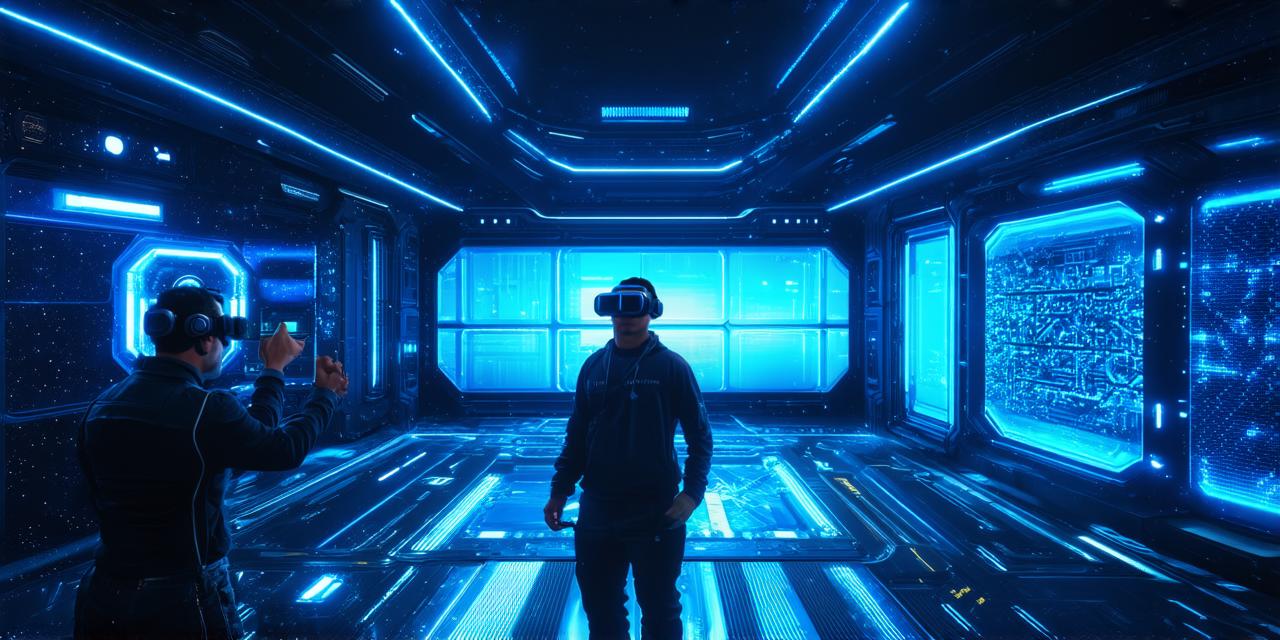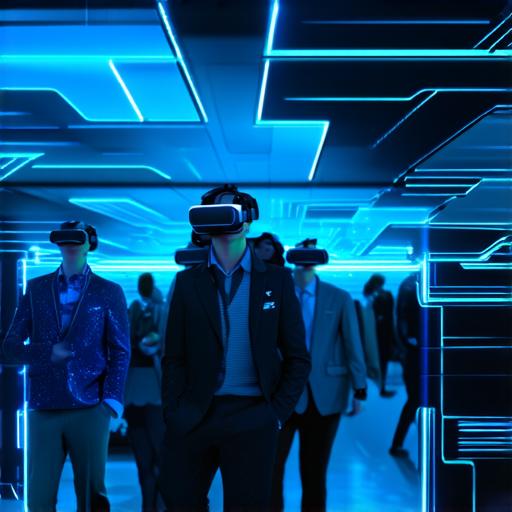
What is the metaverse in virtual reality?
The term “metaverse” has been buzzing around the virtual reality (VR) community for some time now. It’s an immersive digital experience that allows users to interact and engage with each other in a shared, virtual environment.
What is the Metaverse?

The metaverse is a decentralized, immersive digital space where users can interact with each other in real-time. It’s a virtual world that exists beyond the physical reality and allows users to experience new and exciting things that they may not have been able to do otherwise. The metaverse is created using virtual reality technology, augmented reality (AR), and other immersive technologies.
One of the key features of the metaverse is its decentralized nature. This means that there is no single point of control or authority, making it more secure and resistant to censorship. It also means that users can create their own virtual environments and experiences, without needing permission from a central authority.
Potential Applications of the Metaverse
The potential applications of the metaverse are vast and varied. Here are some examples:
- Education and Training: The metaverse can be used to create immersive learning environments that allow students to experience real-world scenarios in a safe and controlled environment.
- Entertainment and Gaming: The metaverse can be used to create new and exciting forms of entertainment, such as virtual concerts, movies, and games. It can also be used to create immersive experiences for users, such as virtual vacations or adventures.
- Collaboration and Communication: The metaverse can be used to facilitate collaboration and communication between teams working on complex projects. It allows team members to work together in a shared virtual space, making it easier to communicate and collaborate in real-time.
- Mental Health and Therapy: The metaverse can be used to create immersive therapy experiences that allow users to experience their emotions and thoughts in a safe and controlled environment. This can help them overcome mental health issues such as anxiety and depression.
- Shopping and Commerce: The metaverse can be used to create new forms of shopping and commerce, such as virtual marketplaces where users can buy and sell goods and services using cryptocurrencies.
How the Metaverse is Changing VR Technology
The development of the metaverse is driving innovation in VR technology. Here are some examples:
- Wireless Headsets: The development of wireless headsets allows users to move more freely and interact with their virtual environment more easily. This has led to new forms of immersive experiences, such as virtual sports and fitness.
- Haptic Feedback: Haptic feedback technology is being used to create more realistic sensory experiences in the metaverse. For example, users can feel the sensation of touching or grabbing objects in a virtual environment.
- Artificial Intelligence: AI is being used to create more intelligent and interactive virtual environments in the metaverse. This allows for more realistic interactions with virtual characters and objects.
- Blockchain Technology: Blockchain technology is being used to create new forms of currency and transactions in the metaverse. This allows for more secure and decentralized forms of commerce.
Conclusion
The metaverse has the potential to revolutionize the VR industry by providing users with new and exciting ways to interact with each other and their environment. It’s a decentralized, immersive digital space that can be used for education, entertainment, collaboration, mental health therapy, shopping, and more. As technology continues to evolve, we can expect to see even more innovative applications of the metaverse in the future.


